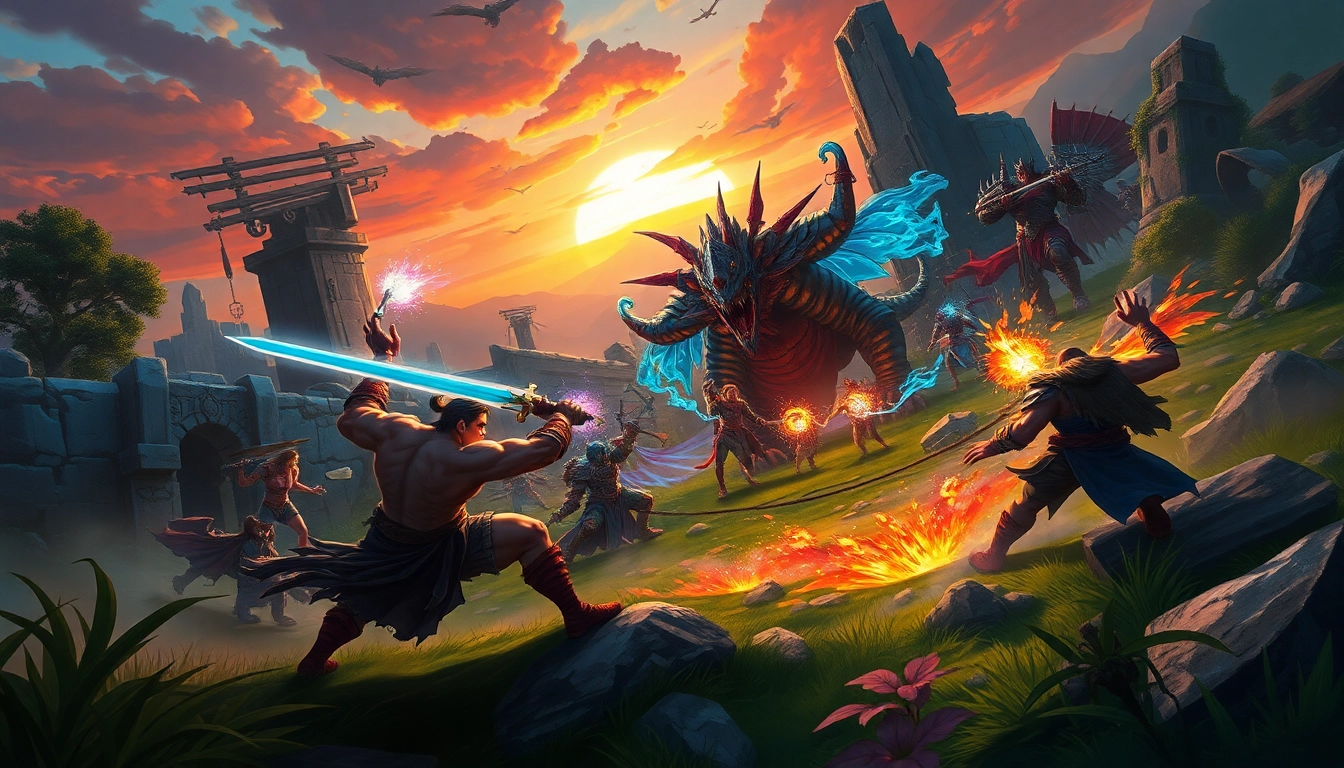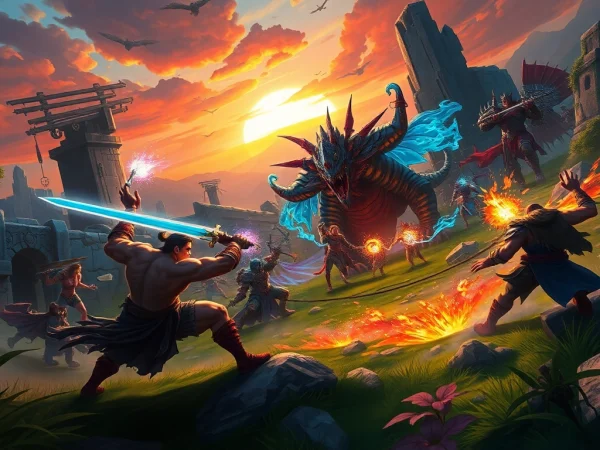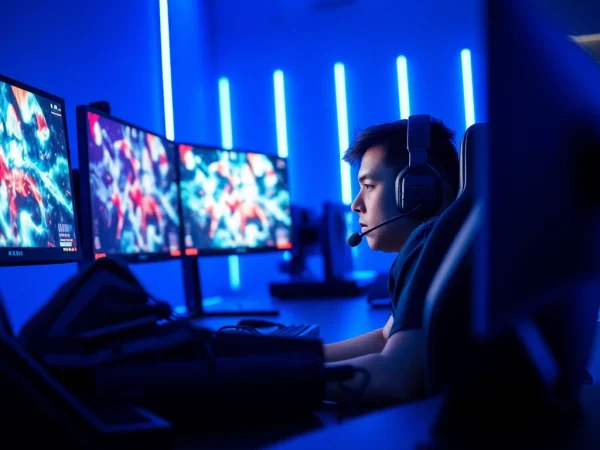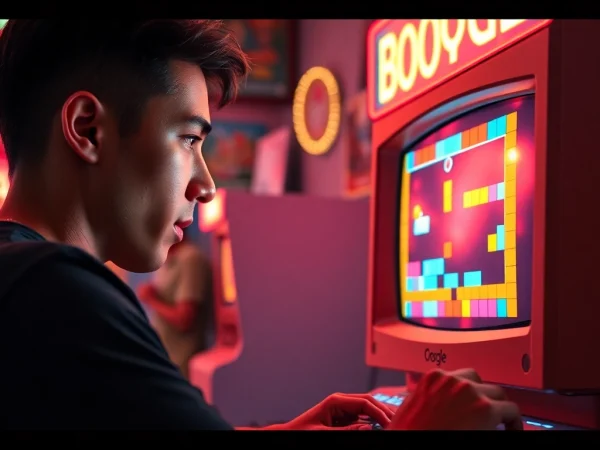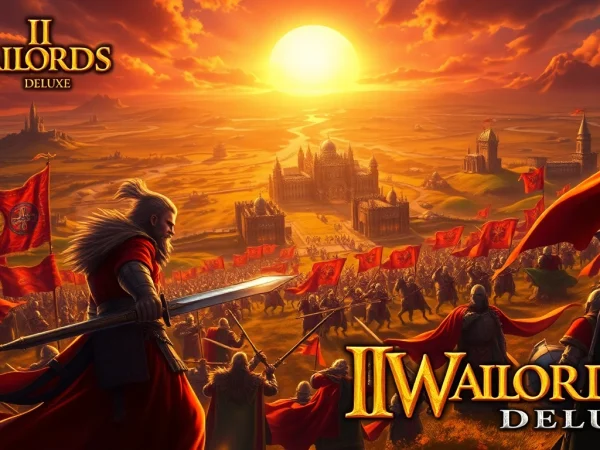Understanding Dota 2: Strategies for Success in the Multiplayer Online Arena
The Basics of Dota 2
What is Dota 2?
Dota 2 is a highly competitive multiplayer online battle arena (MOBA) game developed by Valve Corporation. Launched in 2013, it has evolved from its roots as a mod of the popular Warcraft III: Reign of Chaos. In Dota 2, two teams of five players each compete against one another, aiming to destroy the opposing team’s Ancient, a large structure located within their base. This strategic game melds real-time strategy and action role-playing elements, allowing players to engage in exciting battles while showcasing their individual and team skills. Dota 2 has garnered a massive player base and a vibrant esports scene, making it a cornerstone of competitive gaming.
Game Modes and Objectives
Dota 2 offers several game modes, each with unique objectives and rule sets. The primary mode is the Public Match, where players can form teams with friends or be matched with strangers. In this mode, the objective remains consistent: destroy the enemy Ancient. Other notable modes include:
- Ranked Matchmaking: This mode allows players to compete in ranked games, impacting their skill rating and matchmaking.
- All Pick: Players can select any hero from the game’s extensive roster, allowing for diverse team compositions.
- Captains Mode: A strategic mode favored in professional play, where teams take turns banning and selecting heroes for their roster.
- Turbo Mode: A fast-paced variant of standard gameplay with shorter matches and accelerated experience and gold gains.
Understanding the nuances of these modes is essential for players looking to improve their skills and have a successful gaming experience.
Main Characters and Their Roles
The characters in Dota 2, called heroes, are categorized into several roles, each serving a specific function within the team. These roles include:
- Carry: Late-game powerhouses that scale with items. They often have the potential to turn the tide of battle.
- Support: Heroes that assist their team by providing utility, healing, or crowd control, enabling carries to shine.
- Mid-lane: Often responsible for gaining early game dominance and transitioning into a significant presence in team fights.
- Off-lane: Heroes that can survive alone against multiple opponents while also setting up for future team engagements.
- Initiator: These heroes excel at starting fights, disrupting enemy formations, and creating opportunities for their teammates.
Each hero’s unique abilities and skill sets offer a plethora of strategies, ensuring that no two games are ever identical.
Dota 2 Game Mechanics
Core Gameplay Elements
The fundamental mechanics of Dota 2 include farming, pushing lanes, team fights, and map control. Players earn gold and experience primarily by last hitting creeps or assisting in kills. Effective farming leads to quicker item acquisition, enhancing a hero’s capabilities. As teams push lanes towards the opponents’ base, they aim to destroy towers and ultimately the Ancient. Team fights are critical milestones, where coordinated efforts often determine the victor of the game. Mastery of these core gameplay elements is vital for Dota 2 success.
Understanding Gold and Experience
Gold and experience are the two primary resources players must manage throughout a match. Gold is used to purchase items that enhance heroes’ abilities, while experience is crucial for leveling up and unlocking skills. Players need to balance their farming while participating in engagements to optimize their growth. Knowledge of when to prioritize last-hitting versus supporting teammates can often mark the difference between a win and a loss. Additionally, understanding the map’s nuances enables players to find optimal opportunities to accumulate these resources.
Team Dynamics and Coordination
Dota 2 is fundamentally a team game; thus, dynamics and coordination are crucial. Players need to communicate actively, sharing information about enemy movements, cooldown abilities, and strategic plans for objectives. Effective teamwork not only amplifies individual contributions but is often the cornerstone of a winning strategy. Players must learn to synchronize engagements, ensuring that team fights occur at opportune moments to maximize their effectiveness and minimize losses.
Strategic Approaches in Dota 2
Choosing the Right Heroes
Hero selection plays a crucial role in determining each match’s outcome. Players need to consider team composition, counter-picks, and synergy between heroes. A well-balanced team featuring a mix of roles allows for flexibility in strategy. Players should also remain aware of enemy hero selections, opting for heroes that negate or counter opponents effectively. Mastering this aspect requires practice and an understanding of the current meta-game.
Effective Itemization and Builds
Itemization significantly affects gameplay in Dota 2. Different heroes benefit from different items, and adapting builds to match the flow of the game is essential. Understanding item interactions, timings, and how they complement specific heroes can turn the tide of battle. Players should familiarize themselves with itemization strategies, adjusting their builds based on the team’s needs, opponents’ capabilities, and match state.
Map Awareness and Control
Map awareness is a critical skill in Dota 2. Players must keep track of enemy movements, anticipate ganks, and control key objectives like Roshan. Vision plays a fundamental role; investing in Observer and Sentry wards allows teams to gain crucial information about their opponents’ actions and control vital areas of the map. Controlling space gives teams the upper hand in team fights and can lead to securing objectives efficiently.
Advanced Techniques for Dota 2
Winning through Communication
Effective communication is paramount in Dota 2. Utilizing voice or text chat to relay information rapidly can lead to coordinated team efforts that disrupt enemy strategies. Players should share vital details about enemy positions, engage plans, and cooldowns. By building a culture of open communication, teams can enhance synergy, making their strategies more successful and engaging.
Counter Strategies Against Opponents
Every opponent has recognizable patterns that can be countered through smart gameplay. Players should analyze not only their strengths but also the weaknesses of their enemies. This might include drafting particular heroes that can neutralize troublesome opponents or fine-tuning their item builds to negate enemy abilities. Being proactive in countering strategies can lead to overwhelming advantages in engagements.
Adapting Strategies in Real-Time
In a dynamic battlefield like Dota 2, the ability to adapt strategy in real-time is invaluable. Players must remain flexible and adjust their plans as the game progresses. This patience includes recognizing when to transition from farming to fighting or selecting new objectives that align better with the current state of the match. Responsiveness to unforeseen events is a trait seen in top-tier players and teams.
Dota 2 Community and Culture
Engaging with Dota 2 Communities
The Dota 2 community is vast and active, with players sharing their experiences, strategies, and insights. Engaging with forums, social media groups, and communities like Reddit helps players stay connected and informed on the latest strategies, updates, and tips. This communal knowledge can provide players with fresh perspectives and enhance their gameplay.
Impact of Esports on Dota 2
The esports scene surrounding Dota 2 is one of the most vibrant in the gaming world. Tournaments like The International showcase the skill and dedication of top teams, sparking interest and engagement among fans worldwide. The financial backing and audience reach of esports elevate the status of players and teams, drawing more individuals into the fold of competitive gaming. Learning about these tournaments and the strategies employed can be beneficial to any aspiring player.
Staying Updated with Dota 2 News
Continuous learning is a vital part of improving in Dota 2. Players must remain updated with patches, hero changes, and the evolving meta. Following official channels, community streams, and news outlets dedicated to the gaming world can help players keep their skills sharp and adjust their approaches. Being informed fosters a deeper understanding of the game and can often lead to better strategic decisions.
In summary, mastering Dota 2 requires a combination of understanding game mechanics, strategies, communication, and community engagement. With dedication and practice, players can continually improve and ascend through the ranks in this richly layered and strategic game.
